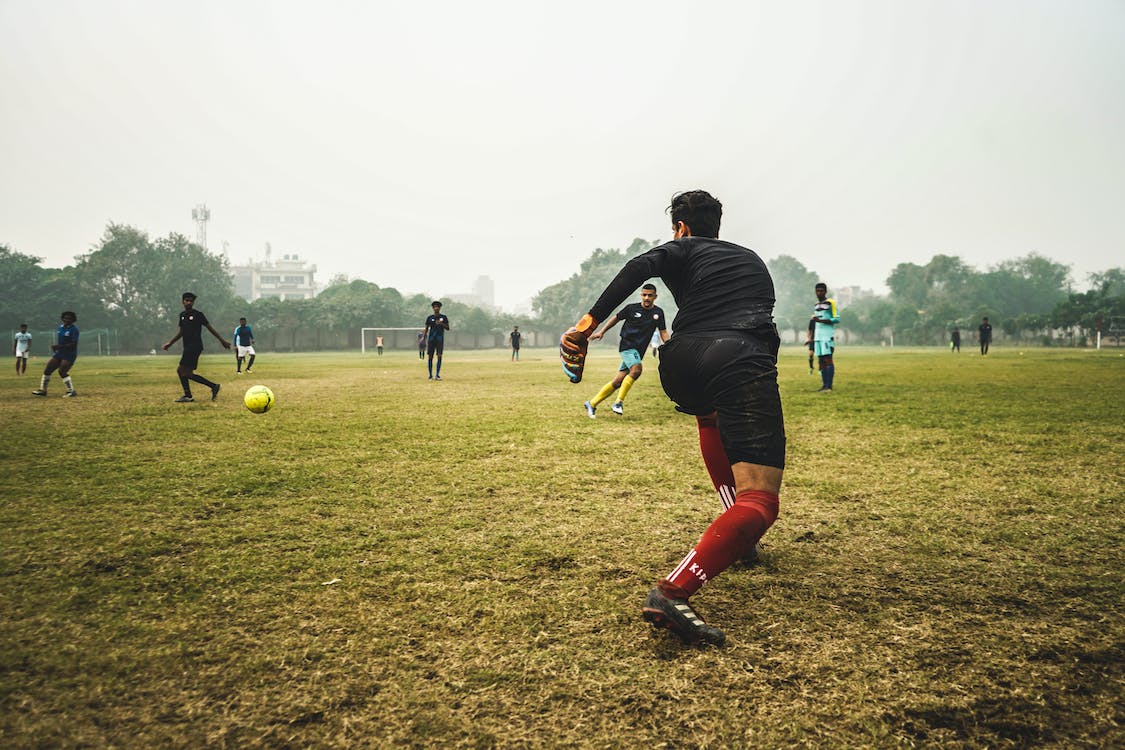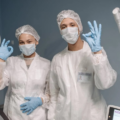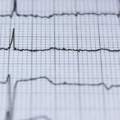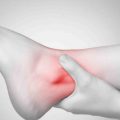Achilles tendon rupture occurs when the Achilles tendon tears completely.
The tendon can sustain partial tears. Most tendon tears occur within the tendon, with some happening at the heel-bone connection. Calf muscle rips are a common but minor injury.
Who is Prone to Achilles Tendon Rupture?
Achilles tendon rupture is most common in middle-aged men who want to stay active. Women are less prone to suffer from this injury.
Ruptured Achilles tendon is more likely in people with Achilles tendinopathy, obesity, diabetes, gout, inflammatory arthritis, and those using specific drugs (steroids, ciprofloxacin antibiotics).
What Are the Causes of an Achilles Tendon Rupture?
Achilles tendon ruptures are most common in those who participate in recreational activities that require running, pivoting, and jumping, although they can occur in anybody, including elite athletes.
Football, soccer, netball, and basketball are all sports connected with Achilles tendon ruptures.
All of these sports need a quick push-off and direction change (eccentric contraction). David Beckham tore his left Achilles tendon while playing for AC Milan in 2010. In Finland, he had it repaired.
Achilles Tendon Rupture Symptoms
When the Achilles tendon ruptures, people experience the following symptoms: acute pain in the Achilles and up the calf, difficulty walking, swelling and bruising, leg weakness, and trouble standing on tiptoe or using stairs. When the damage occurs, a popping or snapping sound may be heard.
Achilles Tendon Rupture Diagnosis
Achilles tendon rupture is usually easy to diagnose and is based on symptoms and physical examination.
Typically, a gap in the tendon four to six centimeters above the heel bone is present (see photographs below). Gently squeezing the calf muscle helps evaluate if the calf and heel bone are connected. There will be flexion mobility of the foot if the Achilles tendon is intact. There is no movement if it is ruptured.
No further tests are required unless the diagnosis is uncertain or exacerbated by previous Achilles damage. Ultrasound reveals the rupture and the amount of space between the ends. An MRI is usually only needed if an Achilles tendon rupture is overlooked or if significant Achilles tendinopathy is suspected.
Achilles tendon rupture can be treated surgically or non-surgically. Many studies have been conducted on this topic over the previous 15 years. Both methods of treatment have similar outcomes one year following rupture.
Non-surgical and surgical treatments have both advanced. Surgery allows for an earlier return to full activity without the need for a boot, but it comes with the minor dangers of anesthesia and a surgical incision. Non-surgically treated patients have a somewhat greater re-rupture rate.
Both therapy methods are discussed for these reasons. Surgery generally works well for young, energetic people, and those with medical issues are addressed without surgery. In all circumstances, physiotherapy is advised.
Treatment of Achilles Tendon Rupture Without Surgery
Wearing a “moon boot” 24 hours a day, initially with three wedges under the heel, is the non-surgical treatment. This connects the tendon ends, enabling healing. The wedges are removed over six weeks, and the boot is removed after ten weeks.
During the first three weeks after a rupture, it is critical that the toes remain pointing down at all times. This must be remembered when putting on socks and doing the laundry.
If healing does not occur, surgical therapy may be considered.
Achilles Tendon Rupture Surgical Therapy
Sutures are used to connect the tendon’s ends during Achilles tendon repair surgery. Most individuals do this with tiny incisions.
A “moon boot” is worn full-time for six weeks before walking for two weeks. During the first six weeks, wedges under the heel fall out.
What Happens If the Achilles Tendon Rupture Is Left Untreated?
Most people will experience considerable leg weakness and atrophy if an Achilles tendon rupture is not treated. Splints made of plastic or complicated reconstructive surgery are required.





































No Comments